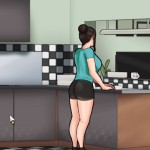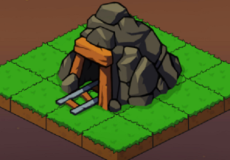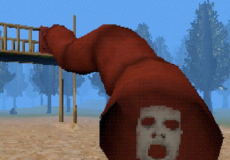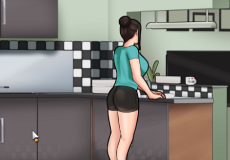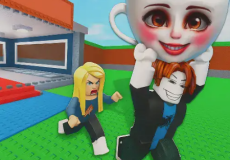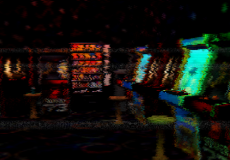
Geometry Dash Deeper Space
Advertisement
Geometry Dash Deeper Space is a fan-made level designed within the Geometry Dash platform, known for its complex rhythm-based structure and layered visual design. The level extends the traditional gameplay of Geometry Dash by introducing new timing patterns, transitions, and environmental effects. The objective remains consistent—complete the course without collision—but the arrangement of obstacles and tempo shifts demands precision and memory. The level’s design reflects how community creators push the limits of the original game’s mechanics to develop experiences that feel both technical and systematic.
Advertisement
Similiar games
Geometry Dash Deeper Space is a fan-made level designed within the Geometry Dash platform, known for its complex rhythm-based structure and layered visual design. The level extends the traditional gameplay of Geometry Dash by introducing new timing patterns, transitions, and environmental effects. The objective remains consistent—complete the course without collision—but the arrangement of obstacles and tempo shifts demands precision and memory. The level’s design reflects how community creators push the limits of the original game’s mechanics to develop experiences that feel both technical and systematic.
Structure And Gameplay Flow
The progression in Geometry Dash Deeper Space follows a sequence of rhythm-aligned challenges where every movement is tied to the background track. The layout alternates between standard segments and sequences that change gravity or speed, testing pattern recognition.
Core gameplay systems include:
- Jump Sequences: press at precise beats to avoid spikes and gaps.
- Gravity Switches: reverse direction to align with platform rhythm.
- Speed Changes: transition between slow, normal, and fast pace.
- Portals: teleport between layers or mirror sections of the track.
- Synchronization: maintain rhythm awareness throughout shifts in lighting or visuals.
The design uses repetition to teach mechanics while introducing slight variations that force re-learning. Every mistake restarts the loop, reinforcing consistency over improvisation.
Visual And Audio Coordination
Geometry Dash Deeper Space builds tension through synchronization between visual and audio cues. The level’s music dictates structure—each beat, drop, or pause directly links to an obstacle pattern. Lighting effects and background motion intensify as progression continues, helping players anticipate timing through sight as well as sound. Unlike many custom levels that focus on decoration, Deeper Space integrates rhythm and geometry into one continuous system. The design avoids distraction, relying instead on color contrast and movement alignment to communicate timing accurately.
Skill And Mastery
The level encourages repetitive learning rather than adaptation. Success depends on memorizing rhythm sequences and developing mechanical precision. The design rewards persistence; each run provides data that refines reaction speed and recognition. Players often divide the track into sections, mastering one before moving to the next. The absence of randomness makes progress measurable—each success represents internalized rhythm rather than luck. This emphasis on pattern retention turns practice itself into the main progression system, connecting the player’s memory directly to performance.
Discuss Geometry Dash Deeper Space





